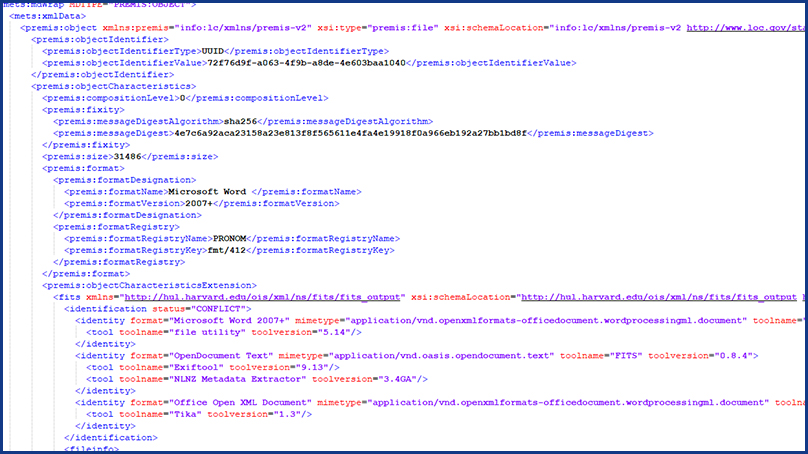
Emails, websites, and computer files are things many people don’t think about once they are done with them. For our Archives, these digital records can be a part of our history.
"They document our operations and decision-making," said Jarad Buckwold, a Digital Archivist. “Preserving them is important for government transparency and accountability. It's also important for protecting the heritage of our community.”
Why files are at risk

Despite the small group of records, over 87,000 lines of metadata was generated in the preservation process.
"This highlights how complicated digital preservation is,” said Buckwold.
Most of these records are available on Winnipeg in Focus.
Email our Archives if you want to donate and preserve digital records documenting Winnipeg’s history or culture.
Originally posted on November 4, 2021
